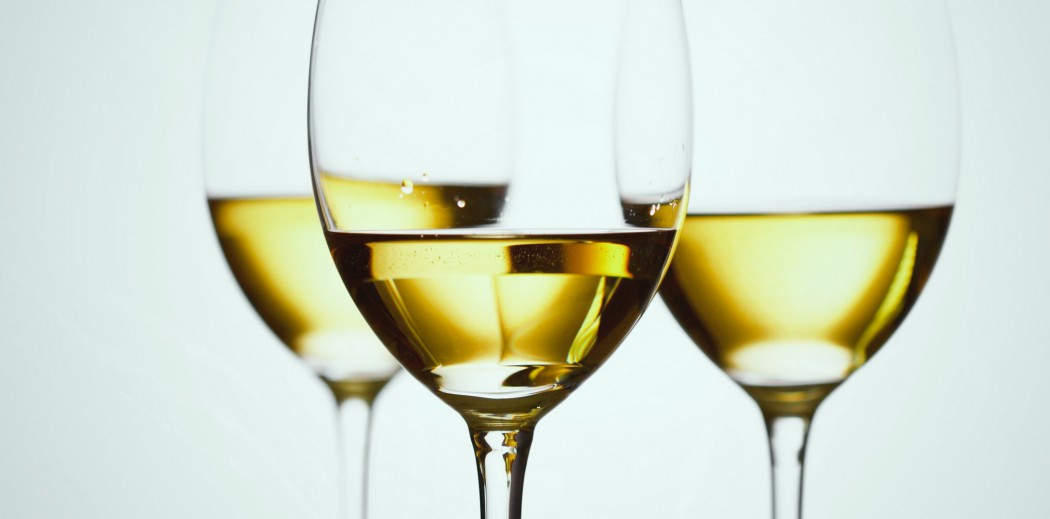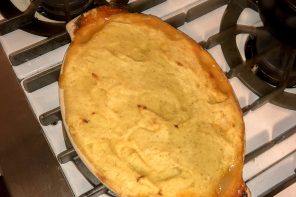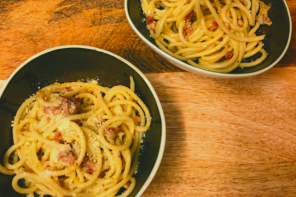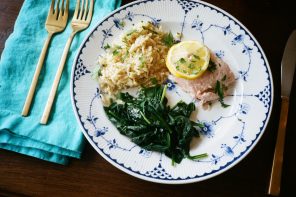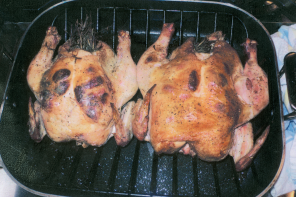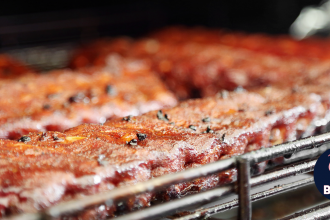Tired of Chardonnay? Don’t give up quite yet, just re-direct your sights to France, where they do it right. Specifically, look to the Chablis region in Burgundy where they only grow Chardonnay grapes that make for some tasty Chardonnay.
Unlike the prevalent California Chards that are notoriously bold and buttery, Chardonnay from Chablis is dry, minerally and acidic. The difference in these two flavors is oak — Californian winemakers most often use oak barrels for aging while winemakers in Chablis tend to use stainless steel tanks.
Chardonnay grapes have been growing in the region since the 12th century when they were planted by Cistercian monks. The area is relatively small at roughly 26 miles and only about 18 miles are dedicated to vineyards, but it wasn’t always so compact. Due to a huge surge in popularity in the 19th century, Chablis was planted on almost 98,000 acres (156 miles) of land. However, the region seriously suffered from oidium in 1886 and phylloxera in 1887, after which many winemakers were discouraged from replanting. The region was also brutalized by both World Wars, causing the acreage to decrease even further. But Chablis is now making a comeback.
The limited space doesn’t keep them from cranking out some delicious and unique wine. What makes Chablis so exceptional is the terroir that leaves a notable impression on the wine. Many say they taste seashells when trying Chablis. This minerality and salinity they’re tasting could be related to the prehistoric sea the region sits on (you can still see seashell fossils in the soil). The wine’s lovely acidity is another element that makes it so delectable. For that, we can thank the area’s cooler climate which makes for a more acidic wine with less fruit compared to wines from warmer climates.
Within the Chablis region, there are four appellations: Petit Chablis, Chablis, Premier Cru Chablis and Grand Cru Chablis. Petit Chablis sits at the bottom of the spectrum and is a younger wine. Expect to see higher acidity and elevated tart, citrus flavors and a price tag of about $15. Straight Chablis puts you more around $20 with flavors of citrus and pear with more prominent minerality. Premier Cru wines have notes of lemon, starfruit and flint and are closer to $25. Finally, the creme de la creme, Grand Cru Chablis. It’s only grown in a small area and the wines vary greatly from producer to producer. Plan to spend about $60 on a bottle of this stuff.
When shopping for Chablis, be diligent — read labels. Not all wines labeled “Chablis” are actually from the region in France. Because of the wine’s fame, many American producers will slap a label on a generic white wine calling it Chablis. So, be careful and make sure it’s from Burgundy before taking it home.
After purchases have been made, it’s time to make food decisions. Dishes with delicate cream sauces pair great with Chablis because the wine’s high acidity acts as a palate cleanser. As for protein, stick to lighter poultry and fish such as chicken, quail, trout, cod, halibut and scallops. Because of its salinity and high acidity, Chablis also makes a great pair with raw seafood and sushi.

